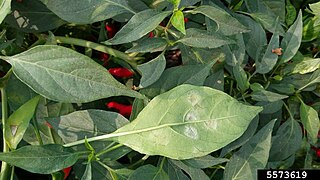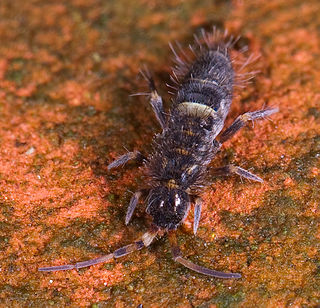
Pantikapaion was an ancient Greek city on the eastern shore of Crimea, which the Greeks called Taurica. The city lay on the western side of the Cimmerian Bosporus, and was founded by Milesians in the late 7th or early 6th century BC, on a hill later named Mount Mithridat. Its ruins now lie in the modern city of Kerch.

Greek Crimea concerns the ancient Greek settlements on the Crimean Peninsula. Greek city-states first established colonies along the Black Sea coast of Crimea in the 7th or 6th century BC. Several colonies were established in the vicinity of the Kerch Strait, then known as the Cimmerian Bosporus. The density of colonies around the Cimmerian Bosporus was unusual for Greek colonization and reflected the importance of the area. The majority of these colonies were established by Ionians from the city of Miletus in Asia Minor. By the mid-1st century BC the Bosporan Kingdom became a client state of the late Roman Republic, ushering in the era of Roman Crimea during the Roman Empire.

Leveillula taurica is an obligate fungal pathogen, from the phylum Ascomycota, which causes powdery mildew on onion. This disease prefers warm, dry environments. It is rare in the United States, and is currently restricted to western states. Globally, it is also a minor problem with limited occurrences in the Middle East, Europe, and South America. L. taurica causes powdery mildew of onions, but is also known to infect other allium, solanaceous, and cucurbit species. The disease has appeared in parts of the Middle East, the Mediterranean, and South and North America. Currently, it is not a cause for major concern in the U.S. and throughout the world, as its geographic extent is sparse. In addition, it is relatively easy to control through basic sanitation and reducing water stress.

Orchesella is a genus of springtails belonging to the family Entomobryidae. This genus includes springtails with subdivided basal antennal segments.
O. leucocephala may refer to:

Orchesella cincta is a species of springtail present in North America and Europe. They average 4 millimetres (0.16 in) in length, which is extremely large as most springtails don’t grow past 1 millimetre. The specific name cincta means "belted" and refers to the distinctive colouration of the third abdominal segment.
The Crimean Peninsula was under partial control of the Roman Empire during the period of 47 BC to c. 340 AD. The territory under Roman control mostly coincided with the Bosporan Kingdom . Rome lost its influence in Taurica in the mid third century AD, when substantial parts of the peninsula fell to the Goths, but at least nominally the kingdom survived until the 340s AD. The Eastern Roman Empire, the eastern part of the Roman Empire that survived the loss of the western part of the empire, later regained Crimea under Justinian I. The Byzantine Empire controlled portions of the peninsula well into the Late Middle Ages.

The Kazantyp Nature Reserve is a small reserve in the Lenine Raion on the Kerch Peninsula in Crimea. The reserve includes both territory of Cape Kazantyp and coast-aquatic-complex.

Ophrys sphegodes subsp. taurica, with many synonyms, including Ophrys caucasica, is a subspecies of orchid native from southeast Europe through the Caucasus to Iran. As Ophrys caucasica, it has been recorded in numerous areas throughout Armenia, Azerbaijan, Georgia and Russia. Local names include Armenian: Սարդակիր Մեղվակիր, romanized: Sardakir mexvakir, Azerbaijani: xarı-bülbül and Georgian: ფუტკრის-დედა, romanized:put'k'ris-deda.
Orchesella alpa is a species of slender springtail in the family Entomobryidae.
Orchesella alticola is a species of slender springtail in the family Entomobryidae.
Orchesella angustistrigata is a species of slender springtail in the family Entomobryidae.
Orchesella balcanica is a species of slender springtail in the family Entomobryidae.
Orchesella bulba is a species of slender springtail in the family Entomobryidae.
Orchesella devergens is a species of slender springtail in the family Entomobryidae.
Orchesella fishmani is a species of slender springtail in the family Entomobryidae.

Orchesella flavescens is a species of slender springtail in the family Entomobryidae. It is found in Europe. It is found predominantly in late spring and beginning of summer.
Orchesella orientalis is a species of slender springtail in the family Entomobryidae.
Orchesella sporadica is a species of slender springtail in the family Entomobryidae.
Apis mellifera taurica along the north central shores of the Black Sea, in the Crimea. However in 2011 research from Russia questioned the taxonomic status of A. m. taurica citing mtDNA analysis to the north and west of Crimea, which had shown that those regions did not have distinct subspecies, but that their honey bees were at the most ecotypes of previously known subspecies.






